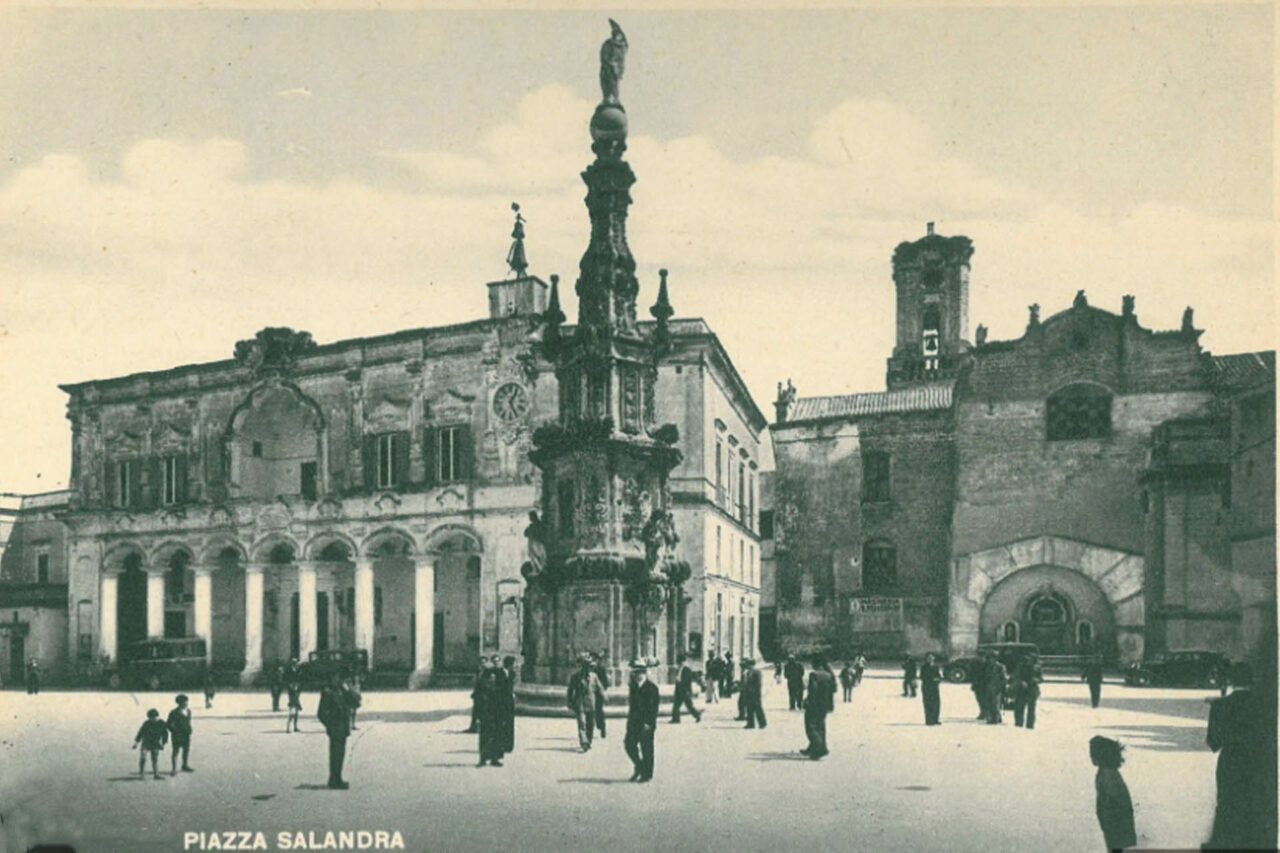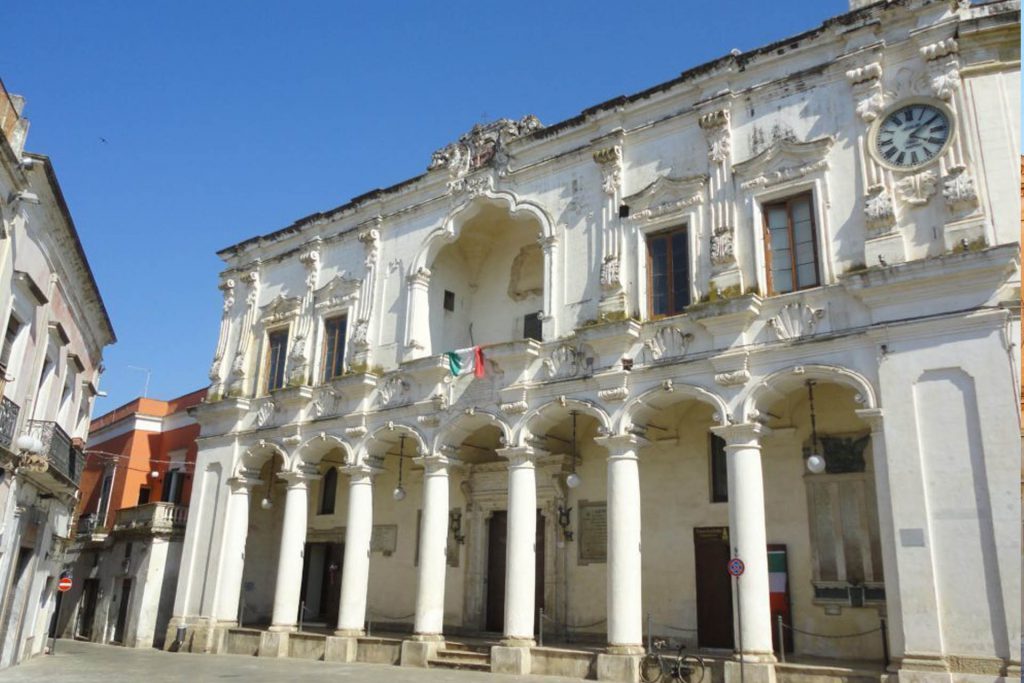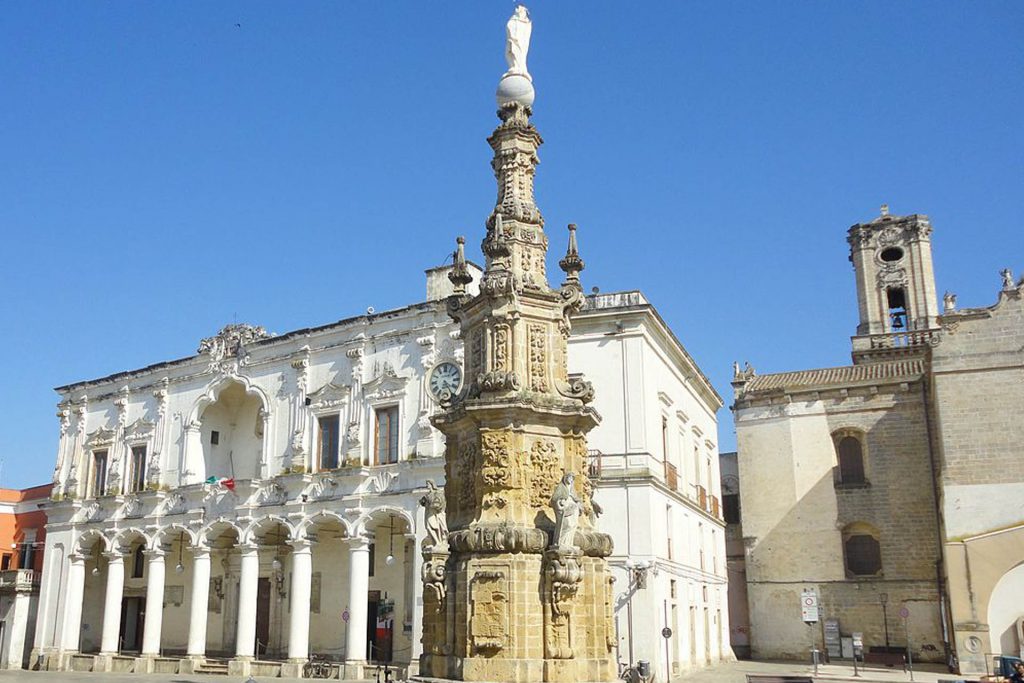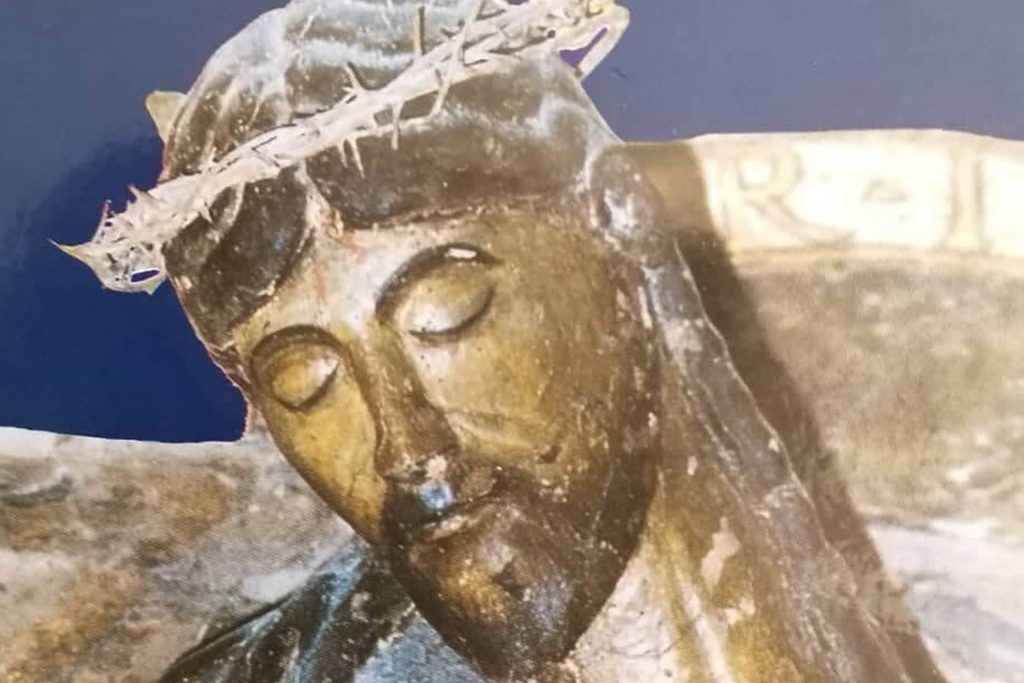Cart
7
Quantity
5,00 €
Quantity
5,00 €
Quantity
6,00 €
Quantity
5,00 €
Quantity
4,00 €
Quantity
5,00 €
Quantity
18,90 €
Product You May Also Like
Payment details
Sub Total
48,90 €
Shipping
Free!
Total
48,90 €
Apply

 Raisin Wheat Orecchiette
Raisin Wheat Orecchiette
 Maccheroni Pasta
Maccheroni Pasta
 Olio d'Oliva E.V. 100 cl
Olio d'Oliva E.V. 100 cl
 Sagnette Pasta
Sagnette Pasta
 Taralli all'Uvetta e Cipolla
Taralli all'Uvetta e Cipolla
 Blonde Haiku
Blonde Haiku
 Amore DI Puglia Pillow
Amore DI Puglia Pillow





















Leave a comment